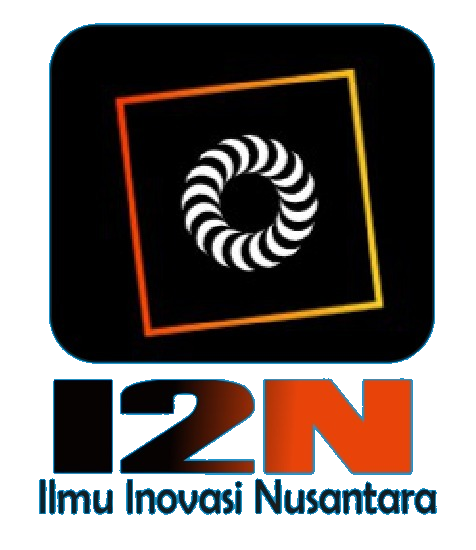Global Influence and Local Adaptation: The Integration of English in Chinese Internet Slang
DOI:
https://doi.org/10.58557/(ijeh).v5i3.348Kata Kunci:
Chinese Internet Slang, English Influence, English Morphemes in Chinese, Internet Meme, Interlanguage.Abstrak
This study explores the influence of English on Chinese internet slang, focusing on how English-derived acronyms, morphemes, and code-switching have become integrated into online Chinese discourse. Although China is typically categorized as a low-proficiency English environment, many elements originating from English continue to enter Chinese social media, creating hybrid forms. This study aims to investigate how English lexical and morphological elements are localized, repurposed, and recontextualized by Chinese netizens on social platforms such as WeChat, Douyin, and Xiaohongshu. The method used in this study is discourse analysis, with data collected from various posts and comments on these platforms. The results indicate that, despite English not being the primary language in China, the use of English elements in internet slang is increasingly growing, reflecting a creative adoption that is localized according to Chinese culture and social norms. Elements such as acronyms and code-switching are used to express emotions, humor, and group identity, demonstrating the significant impact of global influences on online communication. Based on these findings, it is recommended that further research focus on the influence of social media in the formation of new languages and the relationship between language globalization and local culture, as well as its impact on the language proficiency of China's younger generation
Referensi
Androutsopoulos, J. (2011). Language change and digital media: A review of conceptions and evidence. In T. Kristiansen & N. Coupland (Eds.), Standard languages and language standards in a changing Europe (pp. 145–161). Novus Press.
Blommaert, J. (2010). The sociolinguistics of globalization. Cambridge University Press.
EF Education First. (2023). EF English Proficiency Index 2023. https://www.ef.com/wwen/epi/
García, O., & Wei, L. (2014). Translanguaging: Language, bilingualism and education. Palgrave Macmillan.
Giannakoulopoulos, A., Pergantis, M., Konstantinou, N., Lamprogeorgos, A., Limniati, L., & Varlamis, I. (2020). Exploring the dominance of the English language on the websites of EU countries. Future Internet, 12(4), 76. https://doi.org/10.3390/fi12040076
International Telecommunication Union. (2023). Measuring digital development: Facts and figures 2023. https://www.itu.int/en/ITU-D/Statistics/Pages/facts/default.aspx
Li, D. D. (2024). China's world view: Demystifying China to prevent global conflict. W. W. Norton & Company.
Li, W. (2018). Translanguaging as a practical theory of language. Applied Linguistics, 39(1), 9–30. https://doi.org/10.1093/applin/amx039
Liu, Z., Gao, M., Mai, Y., & Shi, Y. (1986). 汉语外来词词典 [A dictionary of loanwords in Hanyu]. Shanghai Lexicographical Publishing House.
Mayang Pipit. (2024). Pidgin language and the phenomena of pidginization in the second language acquisition process. A Journal of English Language Teaching, Linguistics and Literature, 7(1), 23–34.
McKellar, S., & Sparke, P. (2004). Interior design and identity. Manchester University Press.
Oxford University Press. (2011). OMG. In Oxford English Dictionary. Retrieved September 23, 2024, from https://www.oed.com
Qi, F., & Li, J. (2022). Chinese university students’ translanguaging hybrids on WeChat. English Today, 1–10. https://doi.org/10.1017/S0266078422000256
Scagnoli, N. I., Buki, L. P., & Johnson, S. D. (2015). The influence of online teaching on face-to-face teaching practices. Journal of Asynchronous Learning Network, 13(2), 117–128.
Shinnouchi, M. (2000). Gendai gairaigo jijoo [The situation concerning contemporary loanwords]. Data and Statistics, 510, 8–13.
Wang, F. Y. (2024). The art of state persuasion: China's strategic use of media in interstate disputes. University of Chicago Press.
Wei, R., & Su, J. (2012). The statistics of English in China. English Today, 28(3), 10–14. https://doi.org/10.1017/S0266078412000221
Zappavigna, M. (2012). Discourse of Twitter and social media: How we use language to create affiliation on the web. Continuum.
Zhang, X. (2019). Code-switching in English-Chinese ordinary conversations. TESOL Working Paper Series, 17.
Zhou, J., Yang, H., & Liu, Y. (2011). The types and development of Chinese “X+ing” combinations: Reflections on the development of Chinese grammar. Journal of Ludong University (Philosophy and Social Sciences Edition), 28(6), 48–52.
Zhu, Y. (2019). The emergence of internet language and its influence. Advances in Social Science, Education and Humanities Research, 325, 242–245.
Unduhan
Diterbitkan
Cara Mengutip
Terbitan
Bagian
Lisensi
Hak Cipta (c) 2025 Bartlomiej Kuszel

Artikel ini berlisensiCreative Commons Attribution-ShareAlike 4.0 International License.














